Changing from Full-Time to Part-Time (2022 Guide)
Changing from full-time to part-time work can be both a benefit and a drawback. Occasionally, life changes and career requirements will limit how much time you can devote to your work routine. Whether you're embarking on a new passion project, expecting a kid, or approaching retirement, you may wish to switch from a full-time to a part-time schedule. While navigating such a request can be tough, with the correct action plan, you can make the transition easier.
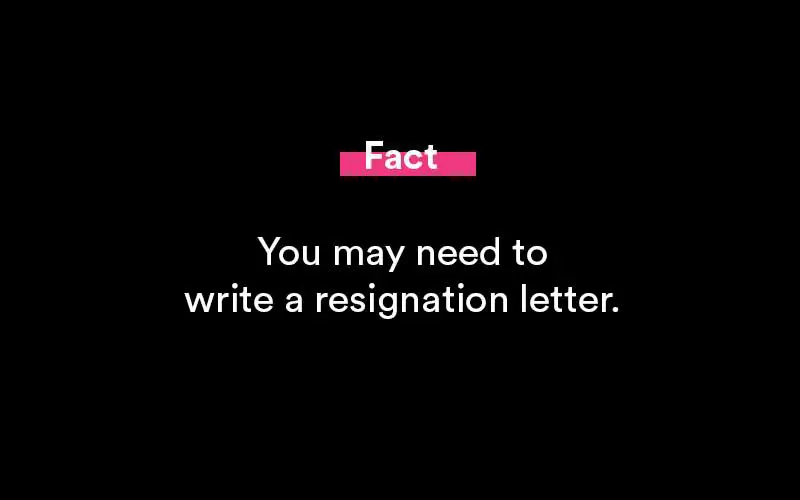
Reasons to switch from full-time to part-time employment
There are numerous reasons why you may wish to go from full-time to part-time employment. Life events, new employment opportunities, and other factors might all contribute to such a decision. Several specific reasons may motivate you to make the switch:
- Flexibility: If you're trying to free up some time in your calendar, going from a full-time to a part-time schedule may be the best option for you. Increased free time can assist alleviate stress and allow you to devote more time to passion projects, hobbies, and other life duties.
- New employment opportunities: Every day, new work chances reveal themselves. If you've been offered an interesting new enterprise, going to a part-time schedule with your existing employees may help you find the time to pursue it.
- Family time: Family duties may require more time than a full-time job schedule allows. If you are responsible for childcare or function as a caregiver for a family member, you may wish to work part-time to focus on those responsibilities.
- Retiring soon: If you're approaching retirement age, you may like to work part-time in order to devote more time to relaxing, spending time with family, and traveling. This is particularly prevalent among older employees who have met their retirement savings goals.
Is it better to work full-time or part-time?
If you'd rather work many part-time jobs than a full-time one, that's a possibility as well. By comparison, if you desire a higher wage or better benefits and can devote the majority of your weekday daytime hours to work, full-time employment can be your best option.
The advantages of transitioning from full-time to part-time employment
While you may already know why you want to work half time, there are other surprising benefits to doing so. Several potential benefits of switching to a part-time schedule at work include the following:
- Stress reduction
- Increased leisure time
- Capacity to concentrate on alternative opportunities
- Reduced accountability
- Improved health Schedule flexibility
- Costs associated with commuting avoided
- Increased time spent with family and friends
How to make a request to work part-time
Once you've decided to transition from a full-time to a part-time work schedule, you must determine how to approach your employer. Although this process might be challenging, there are specific tactics you can employ to ease the shift for both you and your team. Here are five straightforward procedures to take when requesting a reduction in hours from full time to half time:
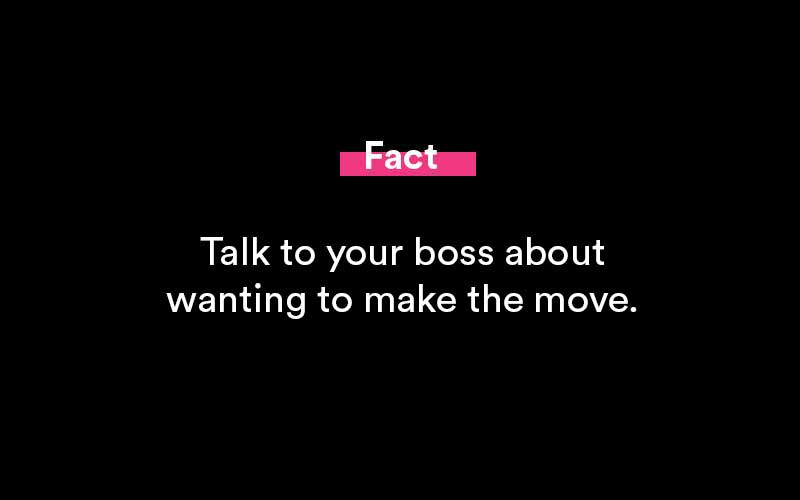
1. Recognize why and when you're requesting part-time employment
Consider introspectively why you wish to work part-time. While you are not required to provide an explanation for your request, exploring your reasoning can help you better understand your future needs. Additionally, this can assist you in preparing to make your request, since your reasoning may affect the timing and manner in which you make it.
For example, if you are pregnant, you may request to return to work half-time once your maternity leave ends. In this case, you might create a proactive schedule for your request in order to plan for your partial leave. Being candid with yourself about your ability to commit to a transition phase can benefit both you and your company during your transition to a part-time schedule.
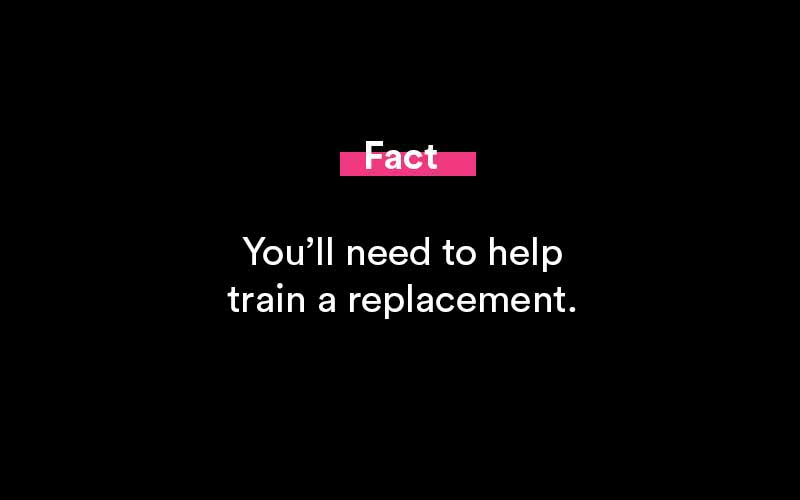
2. Plan ahead by compartmentalizing your responsibilities
When you convert to a part-time schedule, you may find that your work hours are reduced by up to two-thirds of those of a full-time employee. This means that you will almost certainly be unable to meet all of your usual tasks while serving part-time. As a result, your company will need to delegate your previous obligations to other team members or hire another part-time employee to take on those responsibilities.
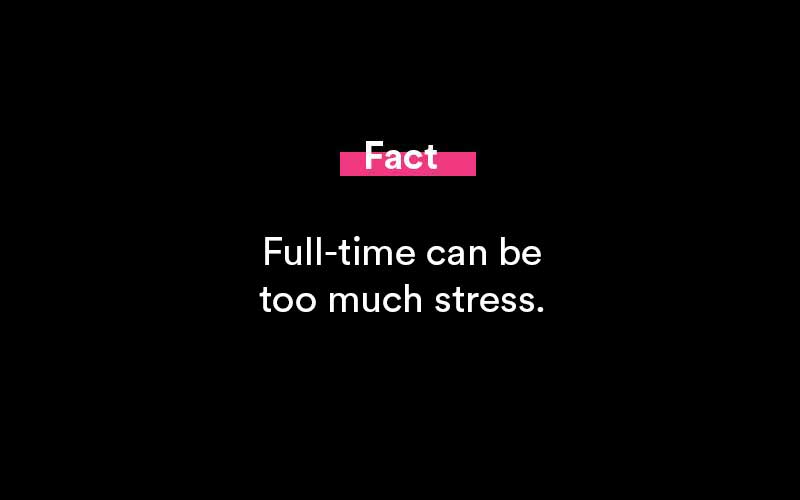
To ensure that your request for part-time work is courteous, prepare by compartmentalizing your function into distinct areas of competence. For instance, if your employment as an educator includes both teaching and curriculum development obligations, you may volunteer to perform all teaching tasks on a part-time basis and delegate curriculum development work to another part-time employee. Segmenting your responsibilities can assist you and your company in visualizing how this move would work in practice.
3. Determine the number of hours you wish to work
The number of hours worked by part-time employees varies according to their positions and the organizations for which they work. Determine how many hours you can possibly work once you make the shift before filing your request to work part-time.
If you want to cut your hours in half, you can propose to work for your company for 20 hours each week. In comparison, if you're planning to dramatically reduce your hours, you'll want to be aware of this in advance. By agreeing to a specified number of hours, you may demonstrate respect for your employer's time while also setting reasonable expectations.
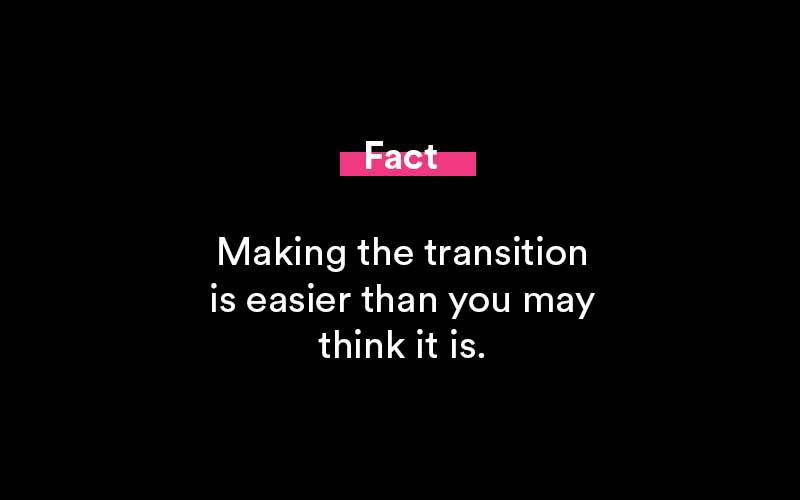
4. Make an appointment with your manager
The next step in this process is to contact your manager and arrange for a meeting. You do not need to inform them of the purpose of the meeting in advance, although it may be prudent to do so if you wish to prepare them for your request.
Make your request to work half time respectfully during this discussion by outlining all necessary details. You could even want to practice or develop a script for the presentation you will give to your employer when you propose becoming part-time. This can assist you in being organized and focused throughout the meeting.
5. Submit a formal request for assistance and work collaboratively to find answers
When you meet with your employer, it's a good idea to accompany your spoken talk with a formal, written request. This will assist your employer in avoiding ambiguity and will serve as a record of your request for future reference. Additionally, because your request is likely to be difficult to handle for you and your team, it's critical to offer to cooperate on solutions. The following is an example of what you might say during your meeting with your manager as part of your request:
"We appreciate your time in meeting with me today. I wanted to speak with you about my present workload and timetable. To be absolutely candid, I do not believe that I presently have the time or ability to devote my entire attention to this task due to recent circumstances in my life. Because I care so much about this organization, rather than being unrealistic about what you can expect from me, I'd like to seek a part-time schedule.
I've created a plan outlining how we can negotiate this change within the constraints of the schedule and my existing responsibilities. I am currently responsible for both teaching and curriculum development. I'd prefer to keep my teaching duties at 20 hours per week and delegate my curriculum development tasks to another team member, if possible. In the long term, I believe that this adjustment will help both the students' education and the team's efficiency. I'm aware that this request entails numerous factors, and I'm prepared to work with you to determine the best course of action for this transition."
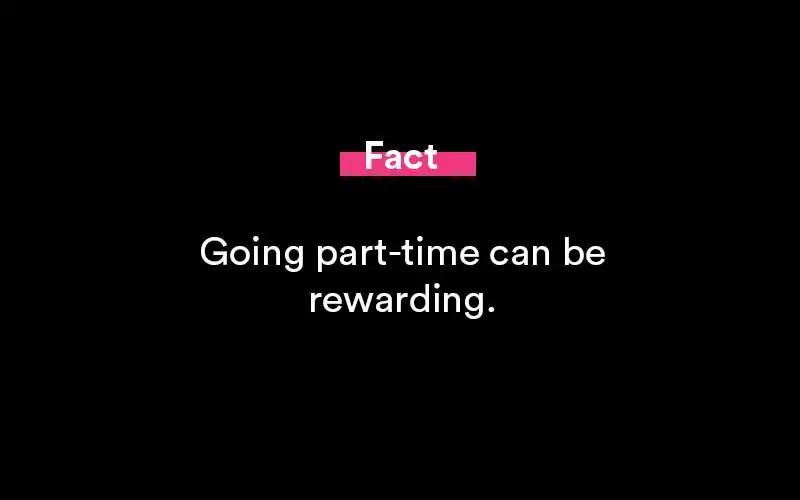
Suggestions for requesting part-time work
While each individual's request to convert from full time to part-time will be unique, there are certain consistent techniques to help streamline the transfer. Here are a few quick recommendations to assist you in transitioning to a part-time schedule:
Propose a trial period
One strategy for easing your transition is to advise that you try out the part-time schedule for a few weeks before going full-time. This may provide you and your manager with an opportunity to brainstorm the most effective strategies to cover your tasks. It may be much more advantageous to reduce your hours gradually. For instance, you may reduce your hours from 40 to 35 the first week, then from 35 to 30 the following week, and so on until you achieve your desired part-time status.
Assure your manager and coworkers
Your request to work on a part-time basis may encounter some resistance. Once you lower your hours, your manager and team will certainly miss having you in the office. You can allay their fears by telling them that you will continue to be available to fulfill your tasks as needed. Additionally, you can volunteer to train the individual who will assume the remainder of your obligations.
Show that your performance was of a high standard
You'll want to guarantee that you're producing high-quality work in the months leading up to your request to work part-time. Employees with exemplary performance records add greater value to their firms, and as a result, your manager may be more receptive to your request.
Remain respectful
Always thank your employer for the opportunity. And be available to make the transition smooth between you and another full-time employee. The role may require full-time hours. If this is the case, you'll be moving into a new job title. And assisting with the transition will be critical.
Should I send a resignation letter when moving my employment status?
It depends on if your supervisor asks you. If they say yes, then submit a resignation letter that speaks about taking part-time hours or a part-time position rather than being in a full-time position. The resignation letter should outline the number of hours planned to work each week.
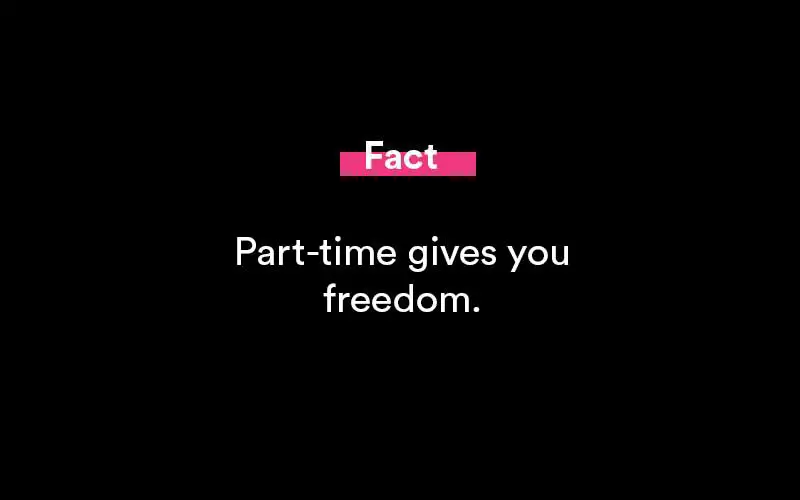
Additional resources
Popular Resources

Featured
35+ Phone Interview Questions & Best Sample Answers
Phone interviews have become a core part of the process when attempting to find a secured placement for an open position. Companies receive massive responses from potential candidates for any..

Featured
12+ Best Questions To Ask A Recruiter
Concerning a job search, you might receive numerous offers from your recruiters. Before you choose one, you need to assess all the conditions, for which it is vital that you know everything associated with the offered position..

Featured
Answering "What Makes You Unique" In A Job Interview
Answering this question during a job interview requires more than knowing why you are unique as an individual. Yes, the true scientific answer is made up of two main components: your..

Featured
250+ Ice Breaker Questions for Life
An ice breaker question is a question that’s asked from one person to another person in order to act as a conversation starter. It brings a connection...

Featured
10 Best Answers to "What Motivates You?"
Open-ended questions like “What motivates you?” can elicit a deer-in-the-headlights reaction from job candidates if they are unprepared. It’s a broad question and can leave the interviewer..

Featured
Answering "How Did You Hear About This Position" In An Interview
A lot of interviewers ask this question - how did you hear about this position? This way they can judge you if you are a passive or an active job seeker..

Featured
8 Best Thank You Emails After an Interview (Samples, Free Templates)
Writing a thank you note after an interview says a lot about you as a potential employee. Most notably, it says that you care about the opportunities presented..

Featured
Writing a Resignation Letter (How To Write It, Samples)
Writing the perfect letter of resignation is more of an art than it is a science. And we’re going to cover how to master that art form in this full guide..

Featured
How to End a Letter (Example Salutations, Sign Off's)
Knowing how to end a business note or email is an important skill to develop. It helps portray a sense of confidence, respect and tone to your message..
